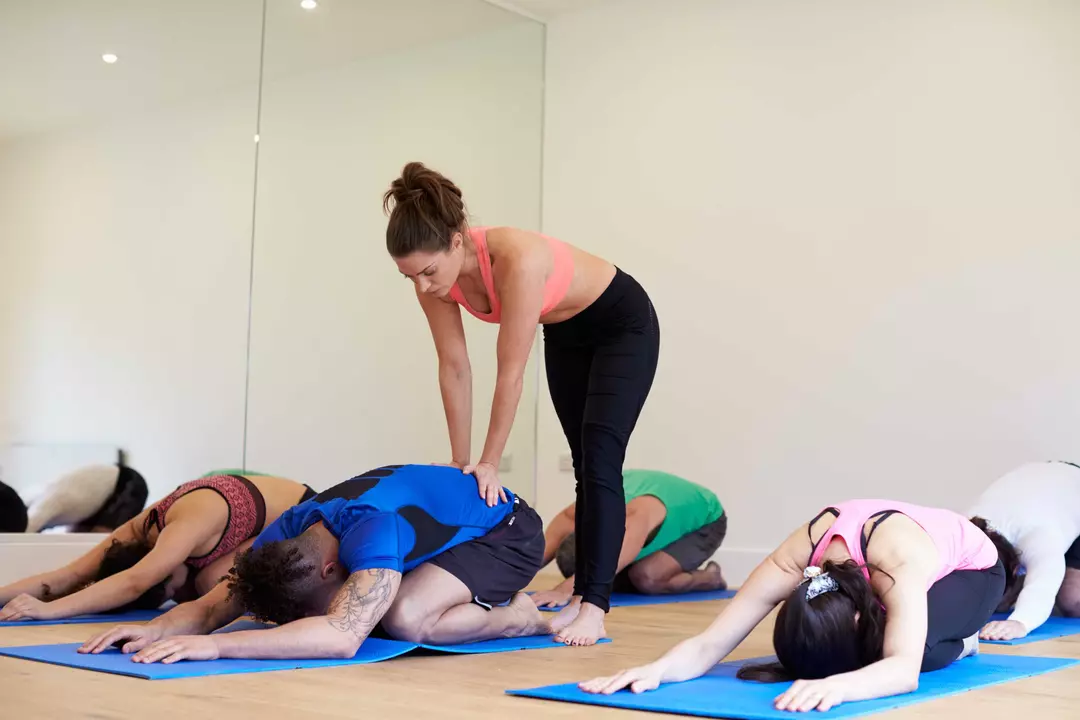Yoga Instruction: Clear, Practical Guidance for Every Level
Need straightforward yoga instruction you can use right away? This tag gathers hands-on advice: short daily routines, pose troubleshooting, teacher training basics, and safety tips so you can practice smarter and teach confidently.
Quick daily routines that actually work
If you only have 15 minutes, focus on breath + movement. Start with 1 minute of deep belly breathing, then 2 rounds of Cat-Cow to warm the spine, 3 Sun-Salutation A variations at a steady pace, hold Downward Dog for 30–60 seconds, step through to Low Lunge on each side, add a seated twist and finish with 2 minutes of Savasana. This sequence improves mobility, calms the mind, and fits into busy mornings.
Want strength instead? Replace one Sun Salutation with plank variations and boat pose sequence. Want flexibility? Add hip openers like Pigeon or figure-four stretches. Small tweaks tailor 15 minutes to your goal.
Pose fixes, safety and progress
Struggling with balance or slipping knees in arm balances like Crow? Grip the mat with fingertips, tuck toes to lift the hips, engage the core and press the knees high on the triceps. Use a folded towel under hands or a block under toes for extra security. Practice crow near a wall to catch a fall and build confidence.
Worried about age or health limits? There’s no strict age cap for yoga. Choose gentler styles, chair modifications, and shorter sessions if you have joint issues or chronic conditions. If you have high blood pressure, avoid long holds of inversions and check with your doctor before starting a new routine.
New to yoga and unsure about class vs online? Try one in-person class for alignment feedback, then blend online lessons for consistency and variety. In-person helps correct early habits; online gives convenience and repeats you can follow at home.
Thinking about teaching? A 200-hour teacher training gives a solid foundation: anatomy basics, sequencing, teaching hours, and ethical guidelines. Many programs prepare you to register with Yoga Alliance, which helps if you plan to teach professionally. Look for trainers who emphasize safe hands-on adjustments and real teaching practice.
How do poses affect the body? Each asana targets different systems: standing poses build leg strength and balance, backbends open the chest and improve posture, twists aid digestion, and forward bends calm the nervous system. Focus on function over fancy shapes—alignment first, depth later.
Use this tag to find practical posts: short routines, troubleshooting tips, training guides and safety notes. Pick one small change each week—add 2 minutes of breathwork, practice one arm balance prep, or enroll in a weekend workshop. Consistent, focused steps move your practice forward faster than random effort.
Can a yoga teacher teach Pilates?
Yoga and Pilates are two popular forms of exercise that focus on improving strength, flexibility, and balance. But can a yoga teacher teach Pilates? The answer is yes! While the two disciplines are quite different in terms of their approach, a yoga teacher can learn the skills and techniques needed to teach Pilates. A yoga teacher can use their existing knowledge and experience in yoga to gain a deeper understanding of the principles of Pilates and how to apply them to students. With some additional training and practice, a yoga teacher can become a competent Pilates instructor and help their students reach their fitness goals.
